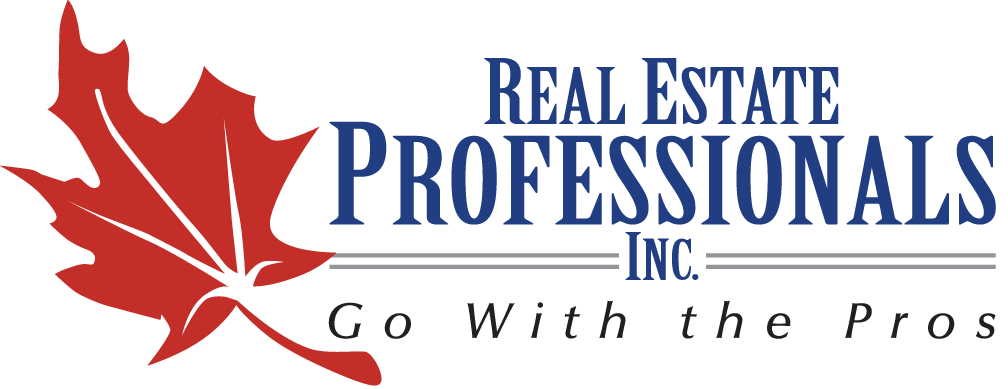How to flip a house
Are you one of those people who love to curl up on the couch and watch home-flipping shows? Have you ever thought about taking on your own flip? Often, newbie investors can underestimate the time, money and expertise it takes to do a successful project but my latest article will help you understand what it takes and the risks involved.
Flipping is an investment strategy where you purchase a property for the purpose of renovating and selling it quickly for a profit, rather than keeping it and renting it out. The key is to buy low and be able to sell high in a relatively short amount of time to maximize the return. The quicker the resale, the lower your “holding costs” will be. Holding costs being things like the mortgage, taxes, insurance and utilities.
You will need to research what repairs or upgrades are needed and estimate those costs before you make your move in order to know what your maximum purchase price to ensure profit will be. A common rule is that you shouldn’t pay more than 80% of the after-repair value (ARV) minus the cost of repairs– the AVR being what the home will be worth after the renovations are completed. So, if the home’s ARV is $300,000 and the repairs will cost $50,000 then you should pay $160,000 or less for the purchase. $300,000 x 0.80 = $240,000 – $50,000 = $190,000. This will limit the properties available for a flip purchase but may keep you within an acceptable return for your investment and time. No matter what formula you follow, just make sure the investment is a good return for your money and time.
Your flip will require planning, capital, patience and skill to be a success and there are mistakes you can avoid to make your project worthwhile:
- Stay on top of market conditions. If there is a shift, you might have to be prepared to move quickly OR hold off on the flip until the climate is right.
- Have enough money for the project. From a downpayment to the funds to complete renovations, having the cash to complete the flip quickly and correctly is key.
- Have financing in place. Most people don’t have the money on hand to buy a home outright so make sure your mortgage broker is ready to have the financing ready to go. Alternatively, you might want to research other lending products, like a HELOC (home equity line of credit) to facilitate the purchase.
- Don’t forget to factor in any capital gains taxes you might have to pay into your final profit projection.
- Be realistic about the time the project will take to complete. Demolition might uncover additional time-consuming to-do’s and construction may need some wiggle-room.
- Complete what you can do yourself but leave things outside of your expertise to the professionals. You might think you are saving some time but it cost you in the end.
- Have the right real estate agent on your side. I can give you accurate resale figures and insight into the market that come from decades of experience.
With the right timing and strategies, flipping can be very lucrative and I’m here to help advise you every step of the way. Visit me on Facebook and Google for more tips and tricks on all things real estate!

![]()

